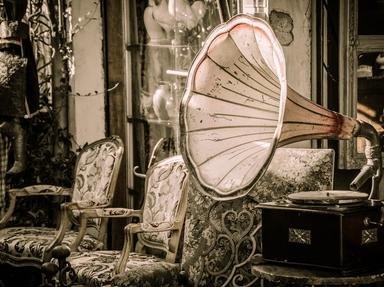Quiz Answer Key and Fun Facts
1. Dowman's Compound Dandelion Pills were sold by a local chemist (druggist). What do you suppose they were claimed to be a cure for?
2. An ironmonger was selling "Register stoves, fenders, fireirons and baths".
So what are "fireirons"?
3. M. Larbalester (ici on parle francais) sold among other things, meerschaum pipes. What was such a thing exactly?
4. Mr Garrett offers "Vaults and Graves built on reasonable terms". What distinguishes a vault from a grave?
5. Hattatt's, the vinegar distillers, was advertising "Lithia Water". What would you do with it?
6. Cawte the bookbinder would bind books in cloth, calf, roan or morocco. What was roan made of?
7. Mr Wallace, the posting master, offered "Fashionable Breaks". What would you do with one?
8. Carter, "Practical Steam Dyer", also offered cleaning of "muslin, lace and leno curtains". What is the characteristic of leno material?
9. Hooper and Ashby, Slate Merchants and Wharfingers. They advertised many things, including "plasterer's hair". Never mind that last though, what was a wharfinger?
10. Mr Gamlen was willing to sell you a "7/11 boys' ulster". What does this mean?
11. John Adams, "Bookseller, Manufacturing Stationer, Heraldic Die Sinker, Embosser, Copper Plate, Lithographic and Letter-Press Printer". Where to begin? OK, what's a die sinker?
12. Caplen's sauce was good for "Fish, game, maintenon cutlets, wildfowl, steaks", and many other things. What would a "maintenon cutlet" be though?
13. M. J. Guibert would give lessons in "French Language, Rhetoric, Literature". What's the meaning of rhetoric here?
14. One advertiser whimsically advised his readers "Embrace an Immense Assortment of Types"! What do you suppose their business was?
15. Mr. Mosley of Regent Street London, ran a long advertisement with the heading "NITROUS OXIDE GAS". What was his profession?
Source: Author
davejacobs
This quiz was reviewed by FunTrivia editor
bloomsby before going online.
Any errors found in FunTrivia content are routinely corrected through our feedback system.

